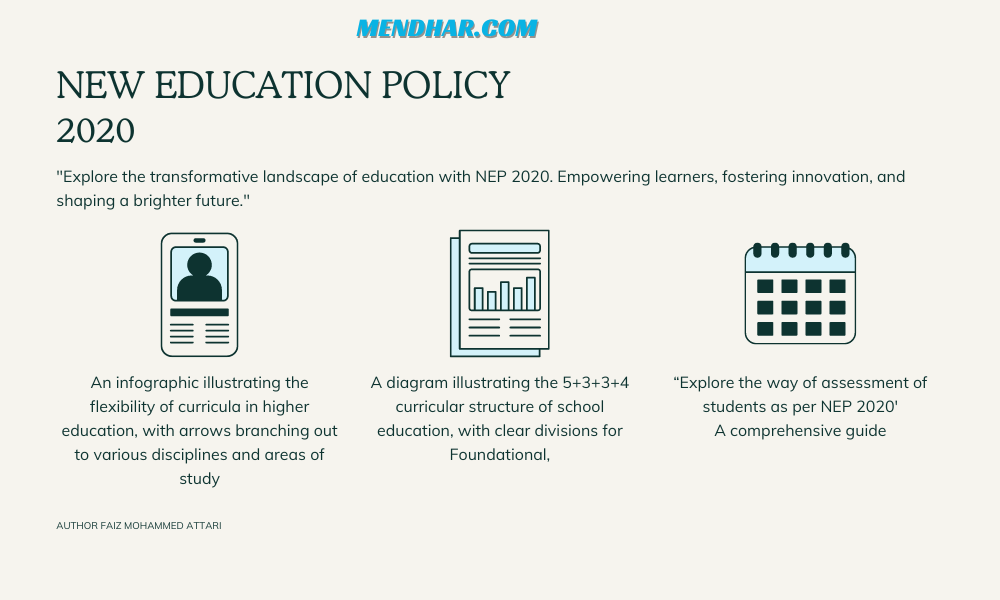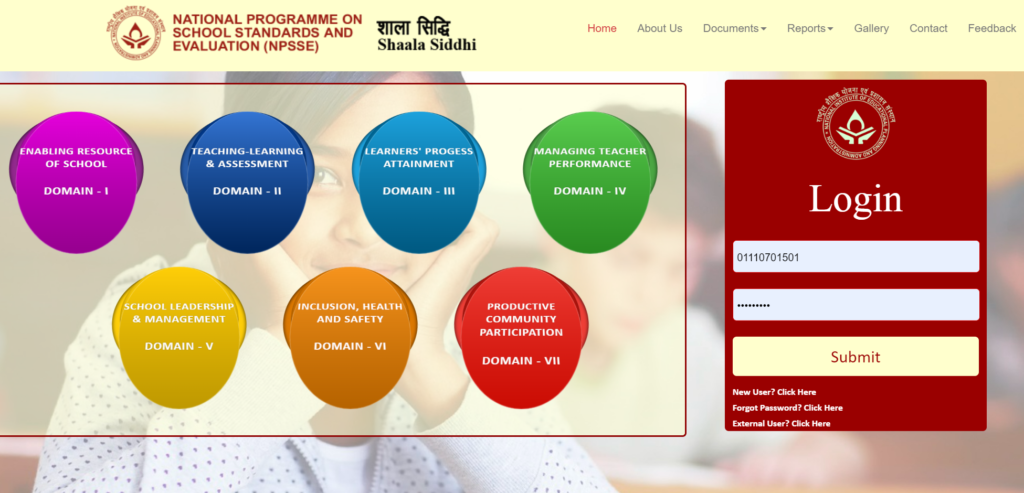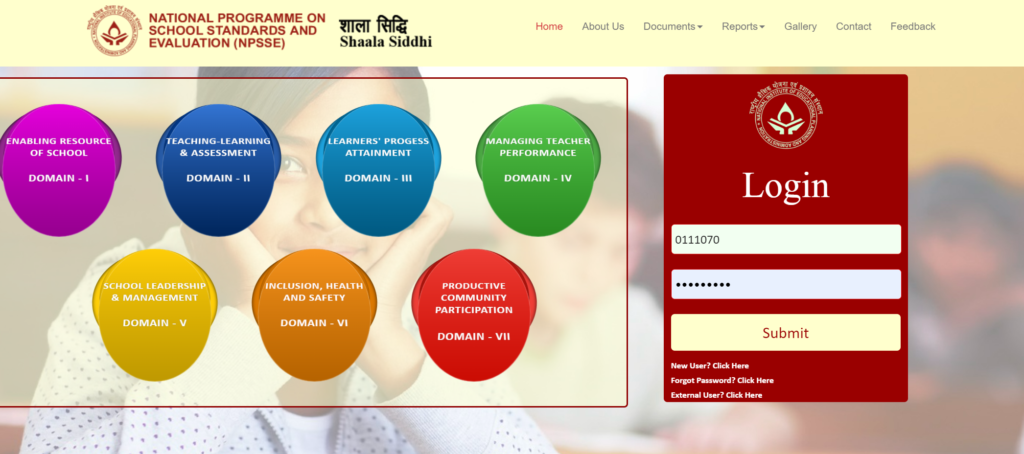Table of Contents
ToggleUnlocking the Framework: Understanding the Structure of NEP 2020

Introduction :The Structure of NEP 2020
In the realm of education in India, the National Education Policy (NEP) 2020 stands as a cornerstone, ushering in a wave of transformation and innovation. At its core lies a meticulously crafted structure that aims to reshape the landscape of learning across the nation. Let’s delve into the intricacies of the NEP 2020 structure, dissecting its various components and understanding the essence of this groundbreaking policy.
1. Foundational Principles:The Structure of NEP 2020
At the heart of the NEP 2020 structure are its foundational principles, which serve as guiding lights illuminating the path to educational excellence. These principles include:
| Principle | Description |
|---|---|
| Inclusivity | Ensuring education for all, eliminating disparities and barriers to access. |
| Equity | Promoting fairness in educational opportunities, bridging the gap between different socio-economic groups. |
| Quality | Fostering excellence in education through robust curriculum frameworks and competent educators. |
| Affordability | Making education affordable for all, minimizing financial burdens on families. |
| Accountability | Upholding transparency and responsibility in the education system. |
2. Structural Framework:"
The NEP 2020 architecture comprises several structural components:
- School Education:
| Aspect | Description |
|---|---|
| Curriculum Structure | 5+3+3+4 curricular structure: Foundational (3 years), Preparatory (3 years), Middle (3 years), Secondary (4 years). |
| Multidisciplinary Approach | Integration of subjects for holistic learning, encouraging creativity and critical thinking. |
| Early Childhood Care and Education (ECCE) | Emphasis on ECCE as a crucial foundation for lifelong learning and development. |
- Higher Education:
| Aspect | Description |
|---|---|
| Flexible Curricula | Holistic and multidisciplinary undergraduate education with flexible curricula. |
| Integration of Vocational Education | Integration of vocational education from secondary level onwards, enhancing employability. |
| Multidisciplinary Education and Research | Establishment of Multidisciplinary Education and Research Universities (MERUs) for fostering innovation and research. |
- Teacher Education:
| Aspect | Description |
|---|---|
| Revamped Teacher Education Programs | Prioritization of high-quality training for educators, revamping teacher education programs. |
| Continuous Professional Development | Establishment of National Mission for Mentoring to provide continuous professional development for educators. |

- Technical Education: The Structure of NEP 2020
| Aspect | Description |
|---|---|
| Dynamic Vocational Ecosystem | Transformation of vocational education into a vibrant ecosystem, enhancing employability. |
| Integration into Mainstream Education | Encouragement of vocational training integration in mainstream education. |
.National Educational Technology Forum (NETF):
| Initiative | Description |
|---|---|
| NETF | Facilitating the integration of technology in education to enhance teaching and learning outcomes. |
- National Assessment Centre – ‘PARAKH’:
| Initiative | Description |
|---|---|
| PARAKH | Spearheading the implementation of a comprehensive assessment framework to track students’ progress and learning outcomes. |
- National Research Foundation (NRF):
| Initiative | Description |
|---|---|
| NRF | Fostering a culture of research and innovation by providing grants and support to universities and researchers. |

3. Key Initiatives of NEP 2020:The Structure of NEP 2020
The key initiatives of NEP 2020 encompass a wide array of transformative measures aimed at revolutionizing the educational landscape of India. These initiatives are strategically designed to address various facets of the education system, promoting inclusivity, quality, and innovation. Here’s an elaboration on some of the key initiatives:
1. National Educational Technology Forum (NETF):
– Facilitates the integration of technology in education.
– Aims to enhance teaching and learning outcomes through digital platforms and tools.
– Promotes the use of innovative educational technologies to reach diverse learners.
2. National Assessment Centre – ‘PARAKH’:
– Spearheads the implementation of a comprehensive assessment framework.
– Focuses on tracking students’ progress and learning outcomes.
– Emphasizes holistic assessment methods beyond traditional exams.
3. National Research Foundation (NRF):
– Fosters a culture of research and innovation in the education sector.
– Provides grants and support to universities and researchers.
– Promotes interdisciplinary research and collaboration to address societal challenges.
4. Multidisciplinary Education and Research Universities (MERUs):
– Established to promote innovation and research in higher education.
– Offers flexible, multidisciplinary undergraduate education.
– Encourages collaboration between different disciplines to address complex problems.
5. National Mission for Mentoring:
– Focuses on continuous professional development for educators.
– Provides training, mentorship, and support to enhance teaching practices.
– Aims to empower teachers with the skills and knowledge needed to deliver high-quality education.
6. Integration of Vocational Education:
– Integrates vocational education from the secondary level onwards.
– Enhances students’ employability by providing practical skills and training.
– Aligns vocational education with industry needs to bridge the gap between education and employment.
7. Early Childhood Care and Education (ECCE):
– Emphasizes the importance of ECCE as a crucial foundation for lifelong learning.
– Focuses on providing quality care and education to children from an early age.
– Aims to ensure holistic development and school readiness for all children.
These key initiatives reflect the comprehensive approach of NEP 2020 towards transforming the education system, fostering innovation, and empowering learners to thrive in the 21st century.
4. Implementation Strategy:
The NEP 2020 structure is not merely a blueprint but a roadmap for action, underpinned by a robust implementation strategy:
- Phased Implementation:
| Strategy | Description |
|---|---|
| Phased Rollout | Rollout of reforms in a phased manner, allowing for systematic adaptation and stakeholder engagement. |
- Collaborative Approach:
| Strategy | Description |
|---|---|
| Collaboration | Encouraging collaboration between central, state, and local governments, along with active involvement from educational institutions, experts, and civil society. |
- Monitoring and Evaluation:
| Strategy | Description |
|---|---|
| Monitoring & Evaluation | Establishment of mechanisms for continuous monitoring and evaluation to track progress and identify challenges. |
Unlocking the Potential:
In essence, the NEP 2020 structure is a testament to India’s commitment to harnessing the transformative power of education. By embracing inclusivity, equity, and innovation, it paves the way for a future where every individual has the opportunity to realize their full potential. As the wheels of implementation turn and the vision of the NEP 2020 materializes, it heralds a new dawn for education in India—one characterized by excellence, accessibility, and empowerment.
FAQ: The Structure of NEP 2020
1. What is NEP 2020?
– NEP 2020 stands for the National Education Policy 2020, a comprehensive framework introduced by the Government of India to transform the education sector.
2. What are the main objectives of NEP 2020?
– NEP 2020 aims to promote universal access to quality education, foster holistic development, catalyze innovation and research, and equip students with 21st-century skills.
3. How does NEP 2020 impact school education?
– NEP 2020 introduces a new curricular structure (5+3+3+4), emphasizes foundational learning, promotes a multidisciplinary approach, and focuses on early childhood care and education (ECCE).
4. What changes are proposed for higher education under NEP 2020?
– NEP 2020 advocates for flexible curricula, integration of vocational education, establishment of Multidisciplinary Education and Research Universities (MERUs), and emphasis on research and innovation.
5. How will NEP 2020 affect teachers and educators?
– NEP 2020 prioritizes the revamping of teacher education programs, continuous professional development through the National Mission for Mentoring, and integration of technology in teaching practices.
6. What initiatives are included in NEP 2020 to promote innovation and research?
– NEP 2020 introduces the National Research Foundation (NRF), Multidisciplinary Education and Research Universities (MERUs), and encourages collaboration between academia and industry.
7. How does NEP 2020 address the needs of students with diverse backgrounds and abilities?
– NEP 2020 emphasizes inclusivity and equity, providing support for students from marginalized communities, promoting special education, and offering flexibility in assessment methods.
8. What role does technology play in NEP 2020?
– NEP 2020 emphasizes the integration of technology in education through initiatives like the National Educational Technology Forum (NETF) to enhance teaching and learning outcomes.
9. How will NEP 2020 be implemented?
– NEP 2020 will be implemented through a phased approach, with collaboration between central, state, and local governments, along with continuous monitoring and evaluation mechanisms.
10. How can stakeholders contribute to the successful implementation of NEP 2020?
– Stakeholders, including educators, policymakers, parents, and students, can contribute by actively participating in the implementation process, providing feedback, and supporting initiatives at the grassroots level.




Informative
A bundle of knowledge
Knowledgeable
Pingback: Essential Terms Related To Electronic Voting Machines (EVMs) -
Pingback: EVM: A Modern Solution to Secure Voting -
Excellent 👍
Pingback: The National Curriculum Framework (NCF) for the Foundational Stage -
Pingback: NEP 2020 highlights -